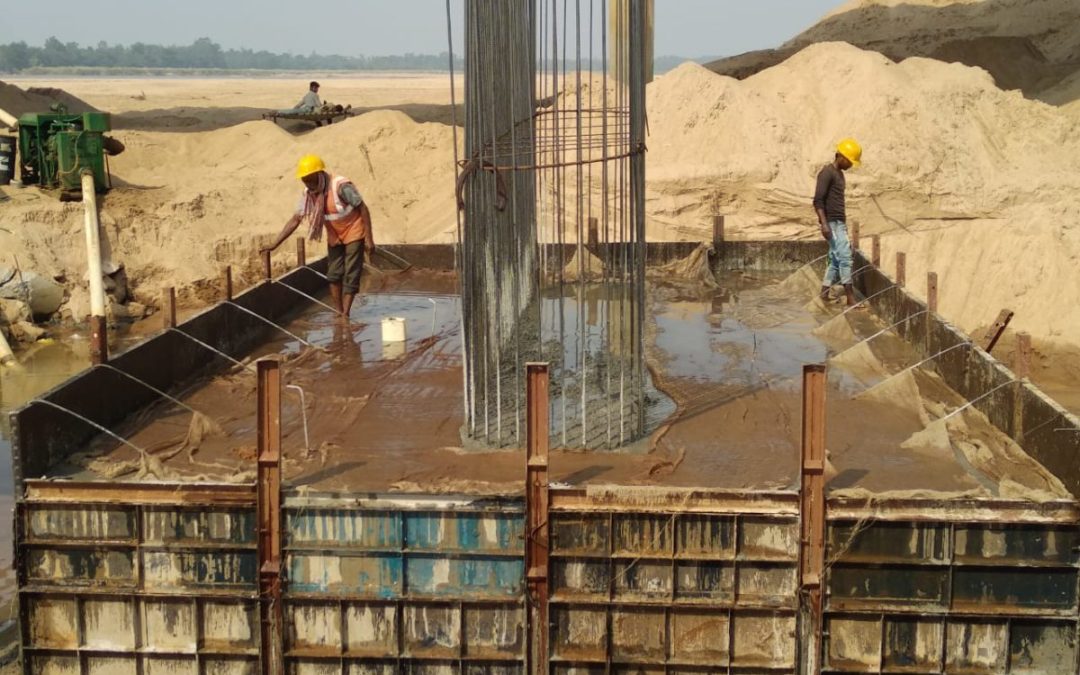Curing is a vital process in the construction of pile foundations that involves providing optimal conditions for the concrete to gain strength and durability. Proper curing techniques are crucial to ensure the long-term stability and performance of pile foundations. In this blog post, we will explore the importance of curing in piles foundation construction and the recommended practices to achieve effective curing.
The Importance of Curing in Pile Foundations:
Curing plays a critical role in the development of strength and durability in pile foundations. Here are key reasons why curing is essential:
Strength Gain:
Curing allows the concrete in the piles foundation to undergo hydration, a chemical reaction where water combines with cement particles to form a strong and cohesive structure. Adequate curing ensures that the concrete gains the desired strength to support the loads and stresses imposed on the foundation.
Reduction of Cracking:
Proper curing minimizes the risk of early-age cracking in pile foundations. It helps prevent rapid moisture loss, shrinkage, and thermal stresses that can lead to cracks in the concrete. By maintaining a moist and controlled environment, curing promotes uniform hydration and reduces the potential for cracking.
Durability Enhancement:
Effective curing improves the long-term durability of pile foundations. It allows the concrete to develop sufficient impermeability, reducing the penetration of harmful substances, such as water, chemicals, and corrosive agents. This helps protect the reinforcing steel within the piles and ensures the foundation’s resistance to deterioration over time.
Recommended Practices for Curing Pile Foundations:
To achieve effective curing in pile foundations, the following practices are recommended:
Immediate Curing: After the concrete is placed in the pile excavation, curing should begin promptly to prevent moisture loss and ensure continuous hydration. Delaying curing can result in reduced strength and increased vulnerability to cracking.
Moisture Retention: Curing involves maintaining a moist environment around the concrete to facilitate proper hydration. Techniques such as covering the pile heads with wet burlap, or plastic sheets, or applying curing compounds can help retain moisture and prevent drying.
Duration of Curing: The curing period for pile foundations typically extends for a minimum of seven days, although longer durations may be specified depending on project requirements. It is important to follow the curing duration recommended by the design specifications or engineering guidelines to achieve optimal strength and durability.
Temperature Control: Controlling the temperature during curing is crucial to prevent rapid moisture loss and thermal stress. Measures such as using shading devices, applying insulating materials, or incorporating cooling techniques may be employed in hot weather conditions. While heating methods can be used in cold weather to maintain an ideal curing temperature range.
Regular Monitoring: Continuous monitoring of the curing process is essential to ensure its effectiveness. Regular inspection of the curing materials. Moisture retention and concrete surface conditions help identify any issues or deficiencies promptly, allowing for timely corrective measures.
Conclusion:
Curing is a fundamental step in the construction of piles foundations. Contributing to the development of strength, reduction of cracking, and enhancement of durability. By following recommended curing practices, construction professionals can ensure the long-term stability and performance of pileS foundations. Enabling them to withstand the demands of the project and provide a solid and reliable foundation for structures.

